In 2017, Jon Carmichael captured an image of the summer’s total solar eclipse, visible in North America, that mesmerized the world and established him as a visionary in astrophotography. His plans for photographing the Monday solar eclipse in the United States are even more ambitious — and magical.
Keep up with the latest in LGBTQ+ news and politics. Sign up for The Advocate's email newsletter.
Beyond his acclaim lies a tale of personal challenges and a deep-seated marvel at the universe’s magnificence. As Carmichael prepares to chase Monday’s eclipse, the last one visible from the U.S. until 2044, his ambitions reach skyward again, driven by a lifelong fascination with celestial phenomena and a recent, poignant chapter in his quest for space.
Carmichael sat down with The Advocate for an interview to discuss his famous photo and his plans for Monday’s spectacle.
How did Jon Carmichael become interested in space?
His intrigue with space and cosmic events began in a seventh-grade geography class, where a simple demonstration of an eclipse using a flashlight, a globe, and a small ball to represent the moon sparked a deep and enduring curiosity. “[My teacher] showed us how sometimes the moon will perfectly align in between the sun and the Earth, creating what’s called a total solar eclipse,” Carmichael recalls. This lesson left an indelible mark on him, igniting a passion for astronomy and a dream to witness totality firsthand.
“I asked her when the next eclipse is here. And she looks it up. She’s like,’ 2017.’ And I’m like, that’s 20 years away. I’m going to be, you know, in my 30s,” Carmichael reflects.
 Orginal photography courtesy Jon Carmichael
Orginal photography courtesy Jon Carmichael
The prospect of waiting two decades to experience a total solar eclipse seemed like an eternity to his younger self, yet this anticipation only fueled his desire to one day capture such a moment through his lens. Carmichael, 37, harbored this dream for 20 years, allowing it to guide his interests and aspirations.
The logistics of capturing the 2017 eclipse were as complex as they were ambitious. They involved coordination with a commercial airline to ensure his seat on a plane full of passengers would offer the best possible view of the eclipse.
How did his famous eclipse image come to be?
On August 21, Carmichael, a hobby pilot himself, boarded Southwest Flight 1368 from Portland, Ore., to St. Louis, armed with his equipment and a clear vision of the photograph he intended to capture — the captain even cleaned Carmichael’s window from the plane’s exterior.
 Courtesy Jon Carmichael
Courtesy Jon Carmichael
However, achieving his vision required more than just being in the right place at the right time. It necessitated the cooperation of the flight crew and a carefully orchestrated flight path to align with the eclipse’s path of totality. “[The captain] ended up turning the plane around five times,” Carmichael reveals. This maneuvering was crucial, allowing him to photograph the eclipse from multiple angles and with the precision the moment demanded, resulting in the image he called “108.”
He says the name first emerged from a deeply personal place, as “108” commemorates his father’s birthday, October 8, a tribute to a shared dream that remained unfulfilled due to his father’s passing before they could experience an eclipse together. This personal homage evolved into a cosmic connection when, during a visit to NASA’s Heliophysics lab, Carmichael learned of the “108 ratio,” a staggering astronomical coincidence where the distances and diameters of the sun, moon, and Earth align so perfectly that they allow for the occurrence of total solar eclipses, with the sun and moon appearing exactly the same size in the sky.
His 2017 challenge was twofold: Not only did he need to capture the eclipse from a moving airplane, but he also sought to create an image that would convey the event’s grandeur in a way that had never been seen before.
 The map of his famous flightCourtesy Jon Carmichael
The map of his famous flightCourtesy Jon Carmichael
“Shooting out of this little window in the plane, I can’t angle the camera,” he explains.
To overcome these obstacles, Carmichael employed a technique known as image stitching, wherein multiple photographs are digitally merged to form a single panoramic image. This method allowed him to circumvent the limitations of his vantage point and the camera’s field of view.
The technical process of stitching together the images was a laborious one, taking months and involving not only the alignment of the eclipse itself but also the careful blending of the surrounding landscape and sky. Carmichael had to ensure that each image seamlessly integrated with the next, a task complicated by the varying exposures and angles resulting from the aircraft’s movements and the changing phases of the eclipse. He says this meticulous attention to detail was essential in creating a cohesive and visually stunning representation of the eclipse as it unfolded across the Earth’s surface.
The final image is a magnificent panoramic view that showcases the moon’s shadow as it blocks the sun over parts of Oregon and Idaho, with visible natural borders delineating the two states. When the image is viewed on a large enough scale, he says, one can see mountains in Washington.
Carmichael’s success in this endeavor was a triumph of artistic vision and technical prowess. The final image offers a breathtaking perspective of the moon’s shadow as it swept across the planet, capturing the eerie beauty of totality and the scale of the event.
“I was visualizing it for so many years,” he says.
 Original Photography Courtesy Jon Carmichael
Original Photography Courtesy Jon Carmichael
The success of this logistical ballet set a precedent for future ambitions.
When Carmichael set out to capture the total eclipse, he knew achieving his vision would entail more than just pointing and shooting. The resulting image, which emerged from an intricate process that combined hundreds of pictures, would not only lead to a 2019 TED Talk but also catch the attention of Jack Dorsey, the former CEO of Twitter. Impressed, Dorsey invited Carmichael to unveil the image at a company-wide event in San Francisco.
Reflecting on his iconic image, Carmichael shares, “This photo is really personal to me more than any other work that I’ve done.” Beyond its visual splendor, 108 embodies Carmichael’s deep connection to the cosmos — a connection that was tested.
Carmichael’s opportunity to travel to the moon and back
The dearMoon project, a private space mission announced in 2018 that plans to take artists on a journey around the m oon, represented the culmination of Carmichael’s dreams. After making it through several rounds of selections, Carmichael’s hopes were sky-high.
“I worked so hard for that,” he recalls, the weight of disappointment palpable in his voice. When the news came that he wasn’t chosen, it wasn’t just a professional setback; it was a personal blow that plunged him into the “darkest depression” he had faced in years.y
This period of darkness mirrored the totality of an eclipse — an image that is visible briefly yet has a lasting effect. “I couldn’t even look at the moon anymore. … My passion for that was just completely dormant, and it was triggering for me,” Carmichael confides. Once a source of inspiration, the moon had become a reminder of what could have been. Yet, like the fleeting darkness of the eclipse, this period of despair was not to last forever. Carmichael’s story is one of resilience, a testament to finding light in the shadows.
Eclipse man meets rocket man
The constellation of Carmichael’s career, including his work in Elton John’s art collection, shines as an exceptionally bright star, a symbol of recognition from one of the world’s most passionate and discerning photography collectors.
Carmichael’s encounter with Elton John, a pivotal moment in his career, unfolded as if by astral alignment. The gay music legend, known for his expansive and impressive collection that spans the history of photography, became aware of Carmichael’s unique vision through a vast network of art enthusiasts. The performer’s interest in Carmichael’s work was immediate and profound, marking the beginning of a relationship rooted in mutual respect for the power of visual art.
 Courtesy Jon Carmichael
Courtesy Jon Carmichael
“Elton John heard about my story through this miraculous grapevine,” Carmichael recalls. The gravity of this connection wasn’t lost on him. To have his work sought after and owned by Elton John was an honor and a transformative validation of his artistic pursuit. It was an affirmation that his photography resonated on a level that attracted the attention of one of the art world’s luminaries.
The specifics of how Elton John came to own Carmichael’s art are as remarkable as the images themselves. Initially reaching out for a possible meeting, John’s interest in Carmichael’s photography quickly evolved into an endorsement of his art. “My first time seeing my own printed work was with him in his living room,” Carmichael shares, recounting the surreal experience of viewing his photographs alongside the rocket man.
Chasing the April 8, 2024, eclipse
As another eclipse approaches, Carmichael finds himself with a similar, albeit more grandiose, opportunity. This time, the offer to chase the eclipse comes not from a commercial airline but involves the private jet of another entertainment titan, offering even greater flexibility and control over the photographic conditions. Carmichael says Southwest did reach out and offer to have him and his family on a flight — an offer he seriously considered until another opportunity wrapped in secrecy presented itself.
“Recently a friend texted me and said that David Copperfield wanted to meet me, which was wild,” Carmichael says. The iconic illusionist told Carmichael that he had yet to experience complete darkness from a solar eclipse and offered him the use of his private jet.
“I’m going to be flying with David in his private jet,” he says. “So we’re going to be going really high, up to 49,000 or 50,000 feet.”
The new partnership will offer Carmichael an unparalleled opportunity to push the boundaries of astrophotography. “It’s just so cool,” he says.
For him, the chance to work alongside someone renowned for transforming the ordinary into the extraordinary is an honor and a challenge.
When the sky is the limit
Carmichael says that with this incredible opportunity comes the weight of decision-making, particularly regarding the logistics of capturing the eclipse. He says he finds himself navigating the intricacies of planning a flight path that will offer optimal conditions for his photography. “So now everything is changing, and now my anxiety is through the roof,” he admits.
One of the most daunting aspects of this project is deciding precisely where to fly to capture the eclipse. When the sky is the limit, the decision is fraught with variables, from weather patterns to the eclipse’s trajectory and what background of the Earth below to capture. “It’s a lot of decisions to make — where out of the whole U.S. do I want to be?” Carmichael explains.
Monday’s eclipse represents more than just a chance for another spectacular snapshot of time; it symbolizes a step forward from the shadows of disappointment, says Carmichael. The complete darkness of an eclipse — a moment that transcends time and earthly concerns — echoes Carmichael’s journey back from the brink of despair, reminding him of the awe-inspiring beauty of the universe that first captured his heart.
As he looks to the sky once more, his plans for Monday’s eclipse are tinged with a deep reverence for totality and its power to unite. “It really doesn’t [get old],” he says.
The experience of absolute darkness, with its ability to dissolve differences and inspire collective wonder, holds a special place in his heart.
“Differences dissipate as the moon’s shadow passes over the Earth, and collective wonder prevails,” he says. “You don’t know what you don’t know, and people who have witnessed totality say it’s unlike anything you can possibly imagine.”
His voice imbued with a renewed sense of wonder, Carmichael says, “It’s like looking at the eye of God.”


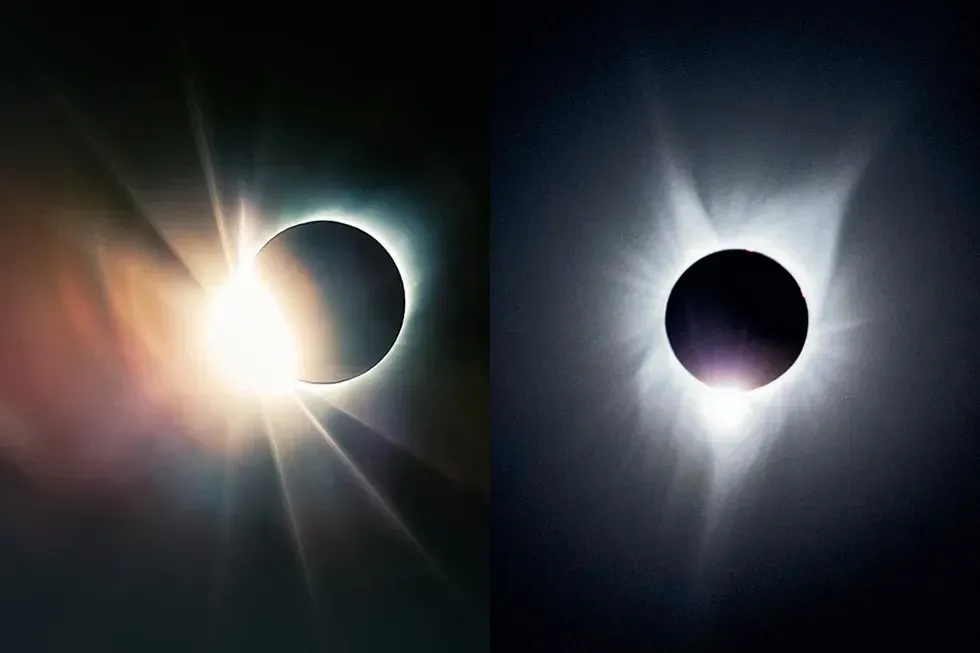 Orginal photography courtesy Jon Carmichael
Orginal photography courtesy Jon Carmichael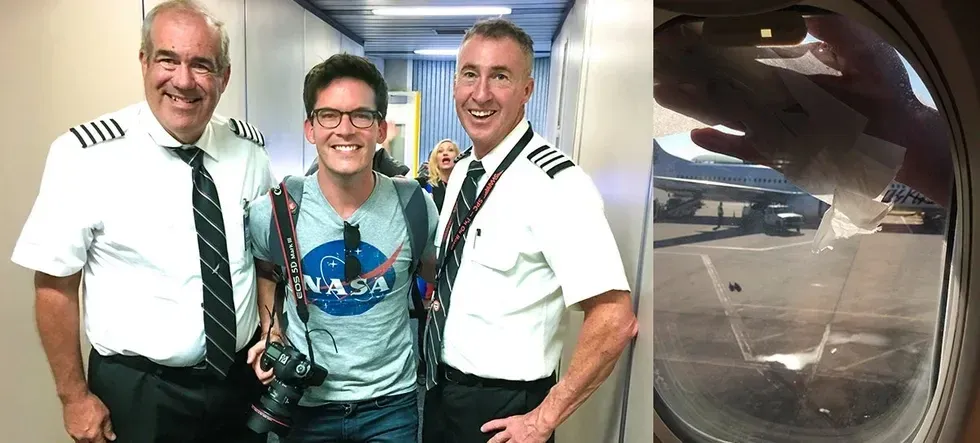 Courtesy Jon Carmichael
Courtesy Jon Carmichael The map of his famous flightCourtesy Jon Carmichael
The map of his famous flightCourtesy Jon Carmichael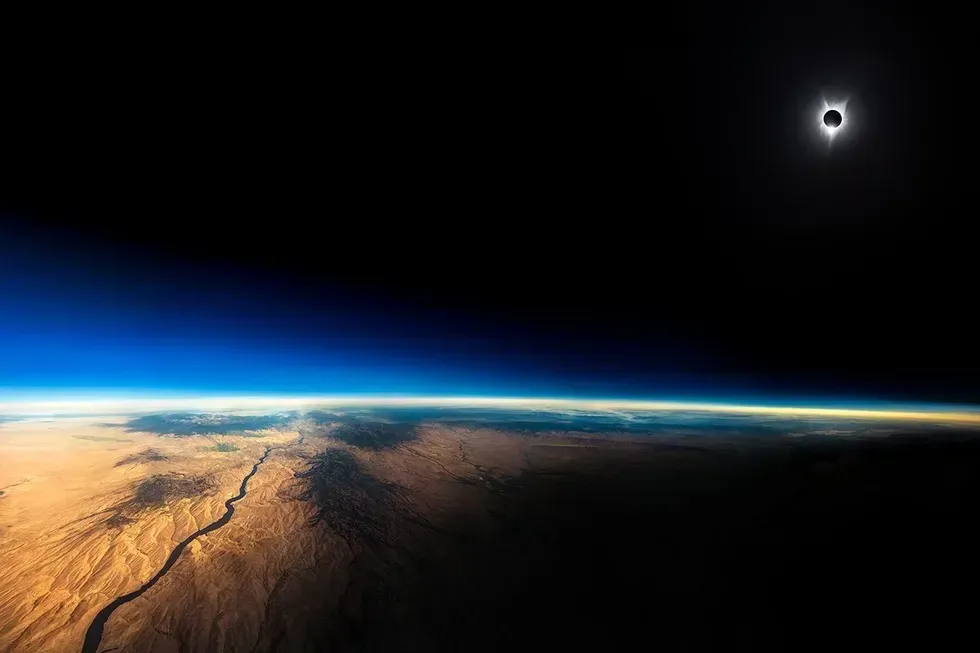 Original Photography Courtesy Jon Carmichael
Original Photography Courtesy Jon Carmichael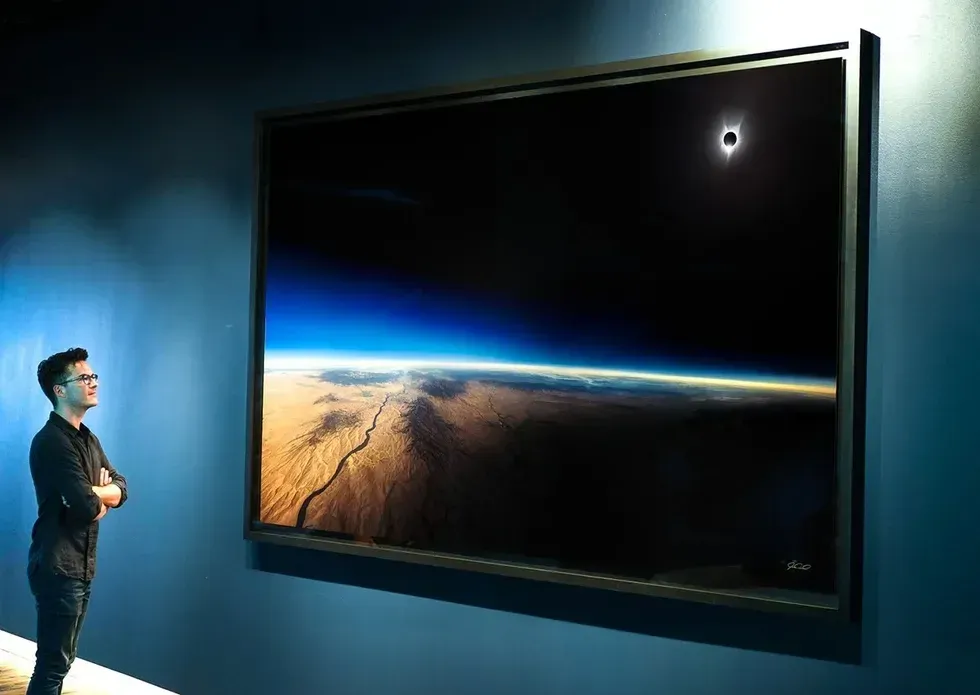 Courtesy Jon Carmichael
Courtesy Jon Carmichael





















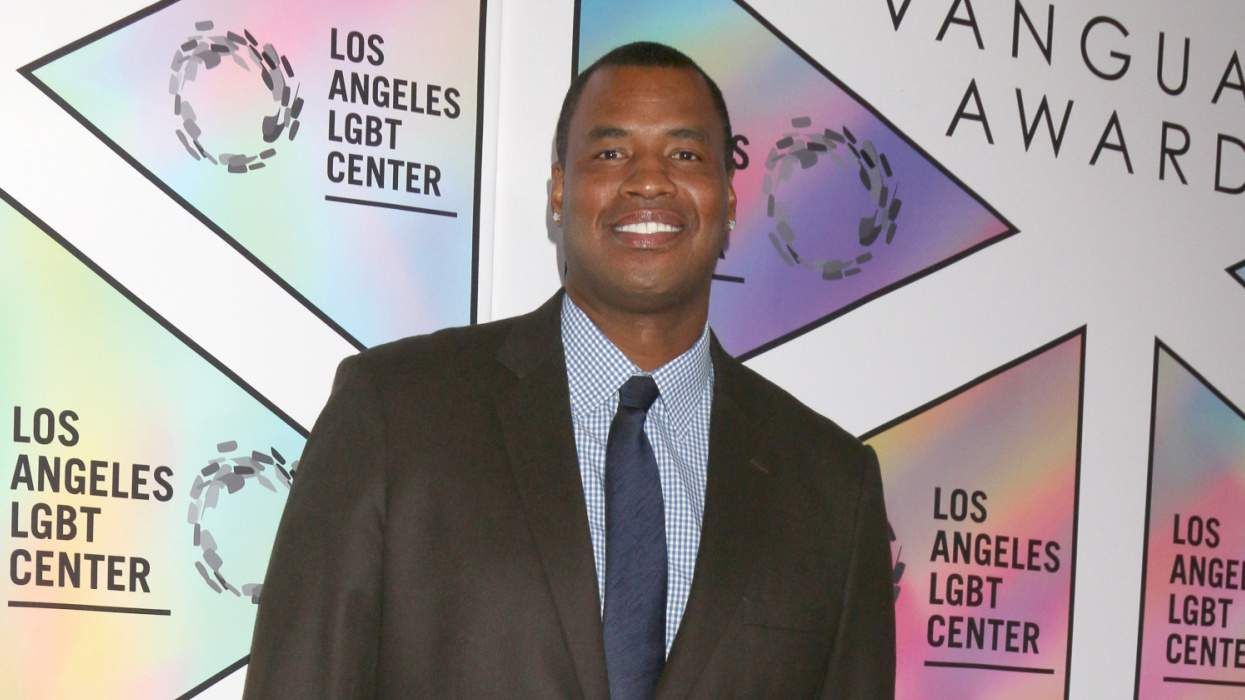

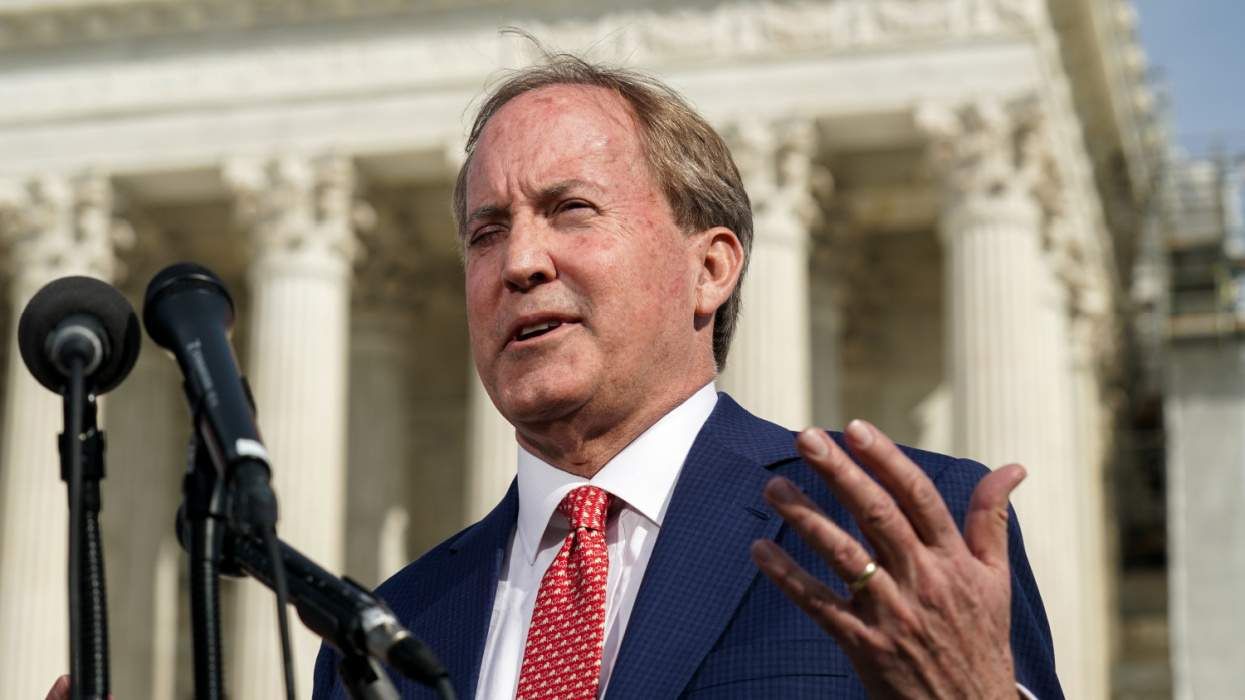
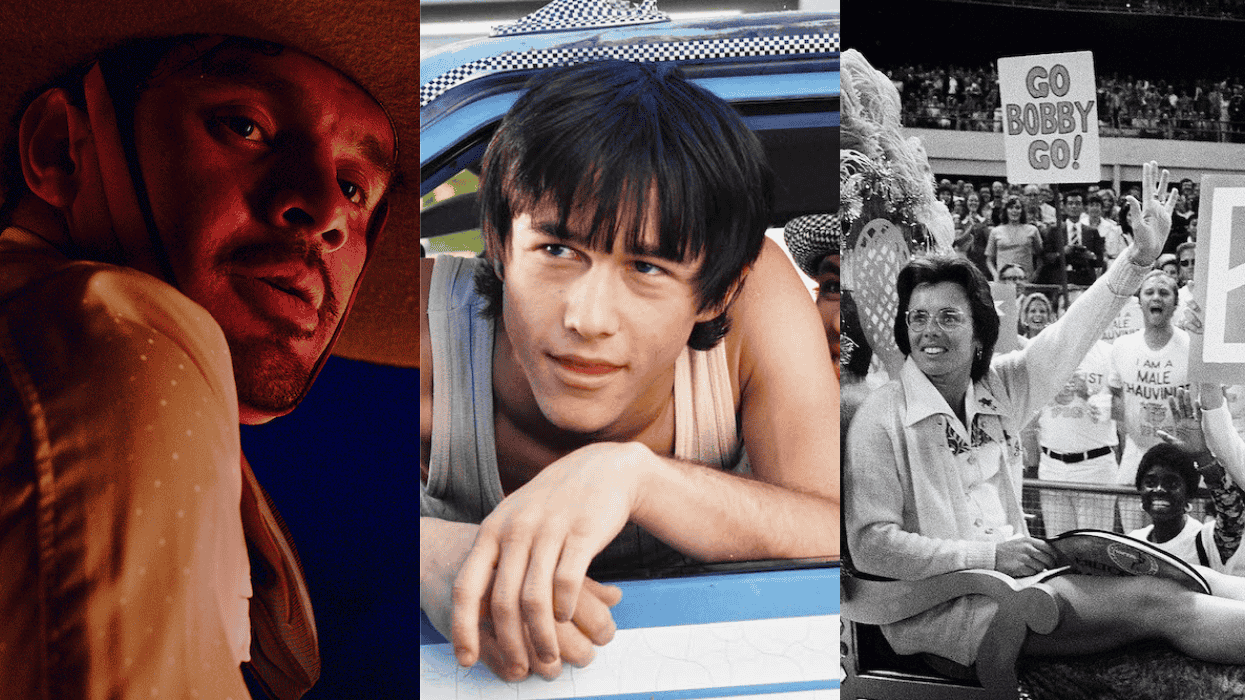

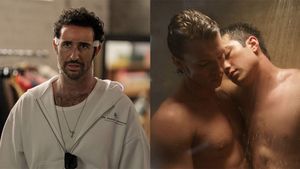










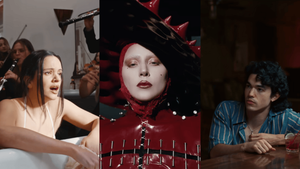







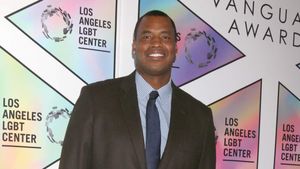
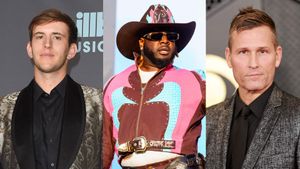






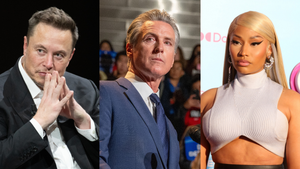












Charlie Kirk DID say stoning gay people was the 'perfect law' — and these other heinous quotes